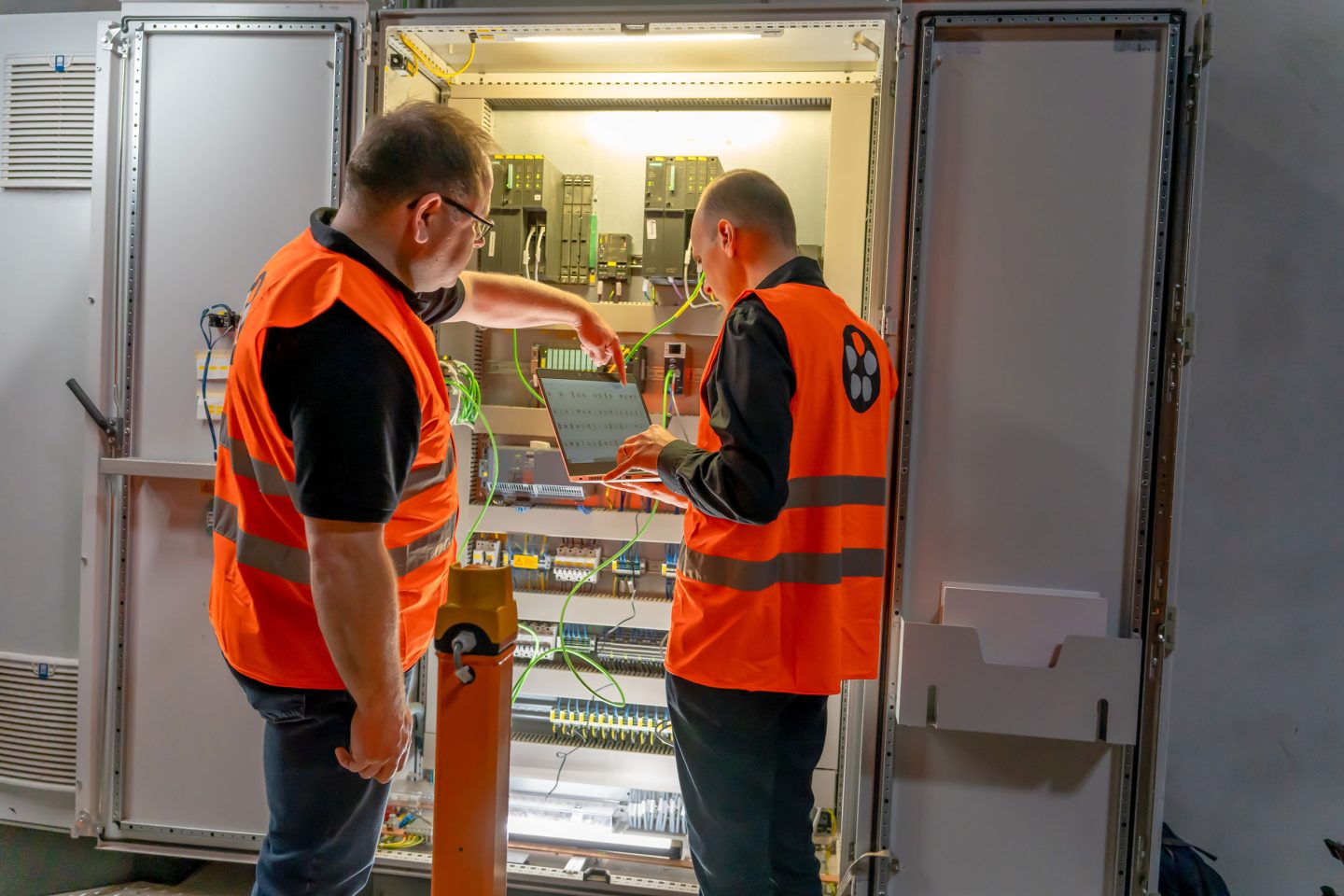
In 2017, Christoph Loos, CEO of Liechtenstein-based tool manufacturer Hilti said: “The customer wants to buy holes instead of hammer drills.” This statement, which has often been quoted in a sensible way since then, points out what manufacturers are feeling more and more strongly: technology alone does not offer customers any value, regardless of how sophisticated it is. They have to benefit from it in some way, e.g. by solving a problem or improving a condition. And then there is also digitalisation, which allows customers to use machinery without buying it. X-as-a-service business models, be it X mobility, lighting or machining are becoming increasingly popular, and for a good reason: they have major advantages for customers and suppliers.
As a result, developing and producing innovative, high-quality or low-cost products is no longer enough. Companies need to think about how their products solve problems or fulfil a wish – or function as a service. The development from being a dedicated product manufacturer to a solution provider represents a spectrum when doing this.
From product provider to service provider
The FIR research institute at RWTH Aachen, which focuses on service and maintenance, describes the path from product provider to solution provider in five stages.
At the first stage, the company starts out as a dedicated product manufacturer. The product and its properties are clearly the main focus of the business model and the marketing. If the company already offers services at this stage, this takes place in an unsystematic way, and not as part of planned business revenue. At LAPP, this level is initially understood to be the production and sale of connecting components such as cables, plugs and switches. This is also where the entrepreneurial origin of the Stuttgart-based global market leader for integrated solutions in the cable and connecting technology area lies.
At the second stage, the company then also offers individual services which are sensible for the use of the product. One particular example from LAPP is the additional processing of logistics services and project management in project business.
The next stage involves services as a business model, which are an integral constituent of the offer together with the product, e.g. a service with which the company offers made-to-measure solutions for its customers and the implementation thereof. LAPP can already be involved in the planning processes of machines, for example, whereupon individual adaptation and implementation of appropriate connecting components becomes possible. Special cable configurators give the customer additional planning and ordering flexibility. In the LAPP Harnessing Solutions system, the Stuttgart-based connecting specialist provides made-to-measure solutions from the design and drawing to the assembly and pre-installation of cable chains.
At stage four the company has arrived at an overall solution. The product is no longer the core constituent of the business model. It is now a case of comprehensive services for development, manufacture, operation and optimisation. For this purpose, LAPP now offers the Health Check Service for machine and plant areas. At level five and therefore at the peak is a company which provides a complete solution as a service in an operator model – the so-called “as-a-service” model.
Win-win for everyone involved
This transition across the 5 stages has many benefits for manufacturers and their customers. The acquisition of new machinery is usually a significant investment; which is sometimes difficult to bear, particularly in areas such as the woodworking and metalworking industries, which mainly consist of small and medium-sized companies in Germany. And once the machines have been purchased, there is the pressure of utilising them 24/7 in order to justify the costs – which is not always possible.
A metal processing company which no longer buys and operates its own machinery but buys in machining as a service can significantly reduce this economic pressure – usage-based billing removes the worry of having order-related machine stop times, and can even make the production of small batches and single items economical. The suppliers of the overall solution in the operator model, i.e. machining in this case, now benefit from the fact that their machines are fully utilised, since many different customers can access them.
Health check service for network technology lays the foundations for transformation
For business models such as this to work, providers and customers must exchange large amounts of data – when the customer orders or pays for a service and when the provider follows up the usage, invoices, or monitors and optimises processes. A high level of plant availability and networking of the machine with higher-level business processes and their production data are prerequisites for transformation in the sense of the Industrial Internet of Things (IIoT), which is where LAPP comes in with the service model of the Health Check Service for network technology.
The background to this is that according to the Indusol Vortex Report, in 50 percent of all cases in 2021, machines failed due to connection problems at connectors, cables and switches, e.g. due to mechanical stress, ageing, substandard products, incorrect earthing and other factors. And if industrial machinery and their data connections fail, it quickly becomes expensive – and is extremely damaging for usage-based business models. LAPP wants to avoid this: the health check service analyses Ethernet and PROFINET systems, detects current and potential faults or weaknesses, and provides improvement suggestions. In these cases, LAPP does not only support existing machinery, but can also be involved in machine planning and commissioning in order to identify probable interference and failure factors in advance. It therefore stands to reason for LAPP to provide this service, since the knowledge, the measuring instruments and the experience are available. Customers receive a reliable status analysis of their network technology, which increases machine availability and production efficiency; and LAPP ensures that the correct and reliable components are used – and recognizes the need for further development in its own product portfolio in the event of individual customer requirements.
LAPP has already successfully taken the fourth step on its way to becoming a service provider with services such as the health check service. LAPP has not yet reached the peak of the transformation. However, LAPP is aware that customers want to receive efficient production processes rather than purchasing individual components.
 Dr.-Ing. Patrick Olivan studied mechanical engineering at the University of Stuttgart. In his doctorate in innovation management at FESTO AG and with the Institute for Industrial Sciences and Technology Management (IAT) at the University of Stuttgart, he developed an implementation method for ambidexterity (two-handedness) to increase innovation capability. Patrick Olivan now reports directly to the Board for Technology & Innovation at LAPP Holding AG, as the Senior Manager of Business Development Services,, pilots the new health check service and works as an innovation manager in other projects.
Dr.-Ing. Patrick Olivan studied mechanical engineering at the University of Stuttgart. In his doctorate in innovation management at FESTO AG and with the Institute for Industrial Sciences and Technology Management (IAT) at the University of Stuttgart, he developed an implementation method for ambidexterity (two-handedness) to increase innovation capability. Patrick Olivan now reports directly to the Board for Technology & Innovation at LAPP Holding AG, as the Senior Manager of Business Development Services,, pilots the new health check service and works as an innovation manager in other projects.
